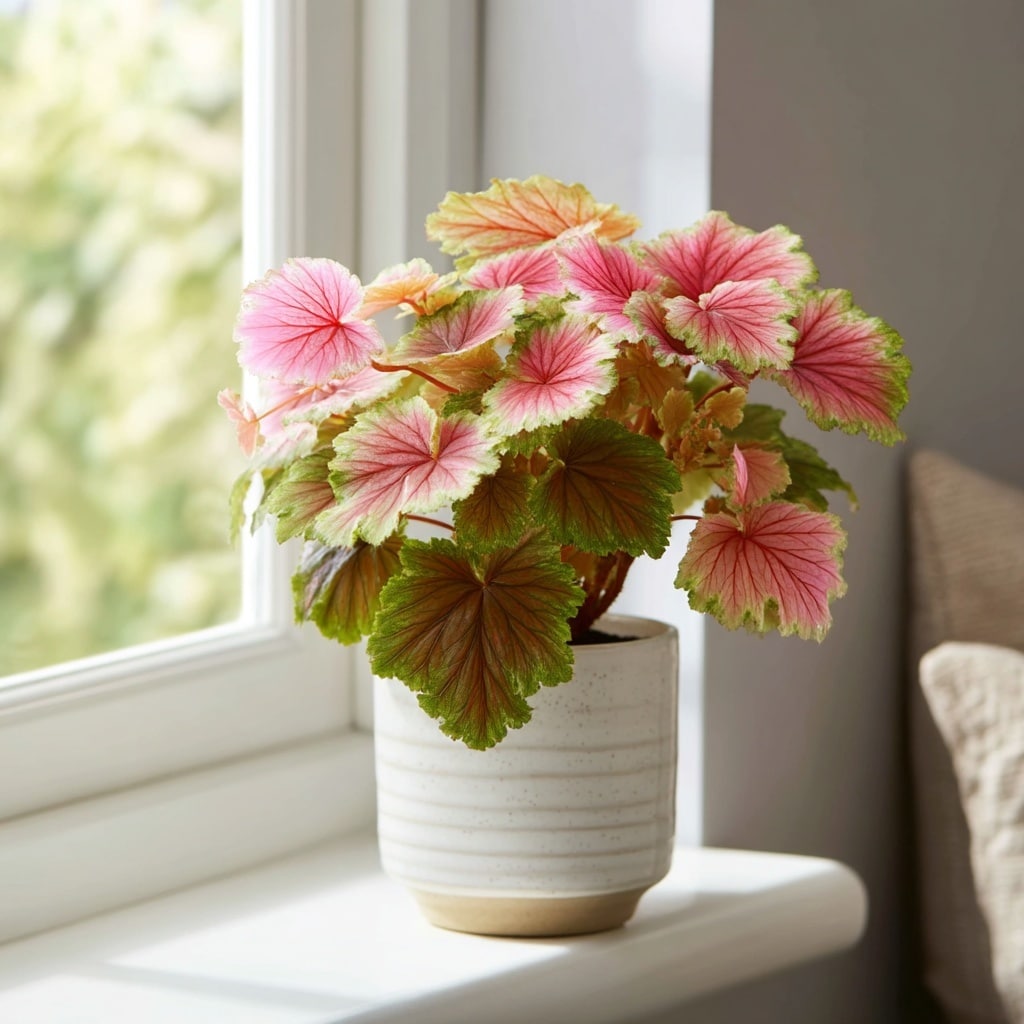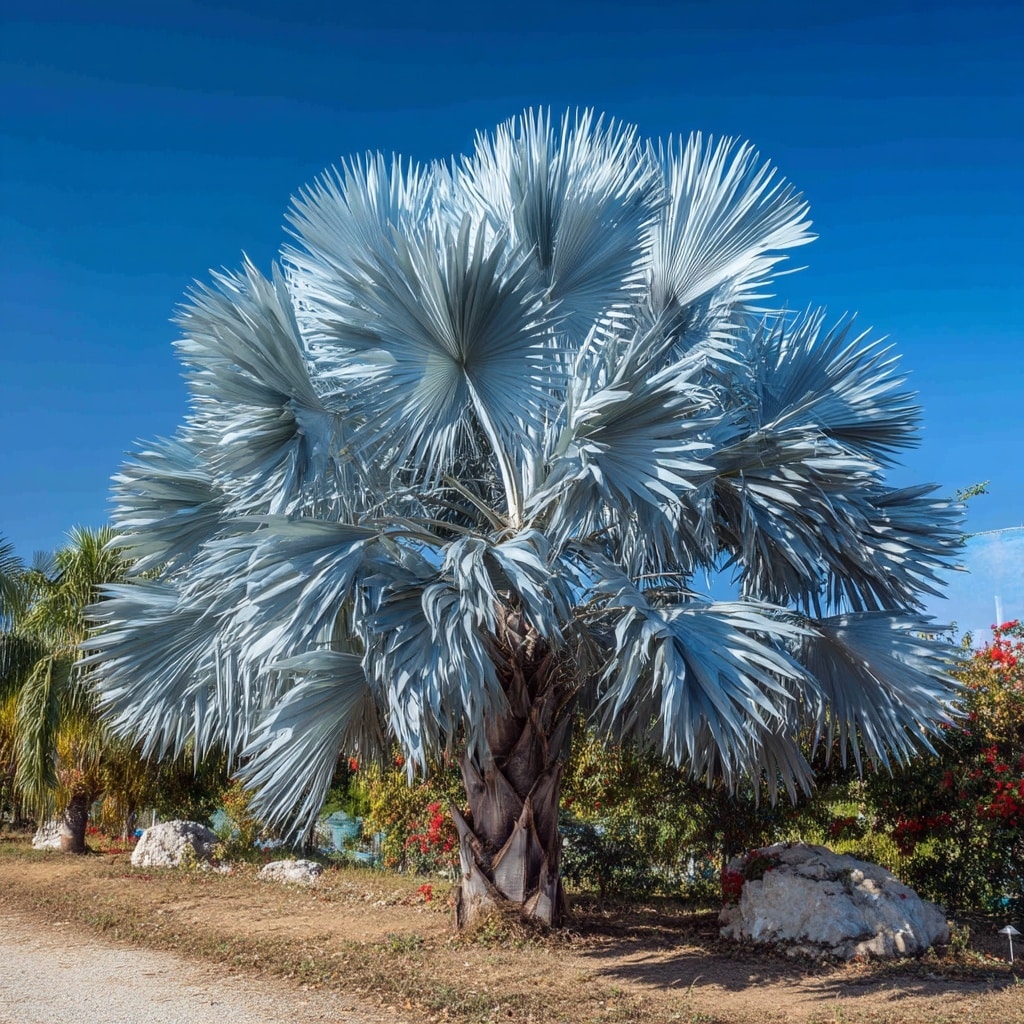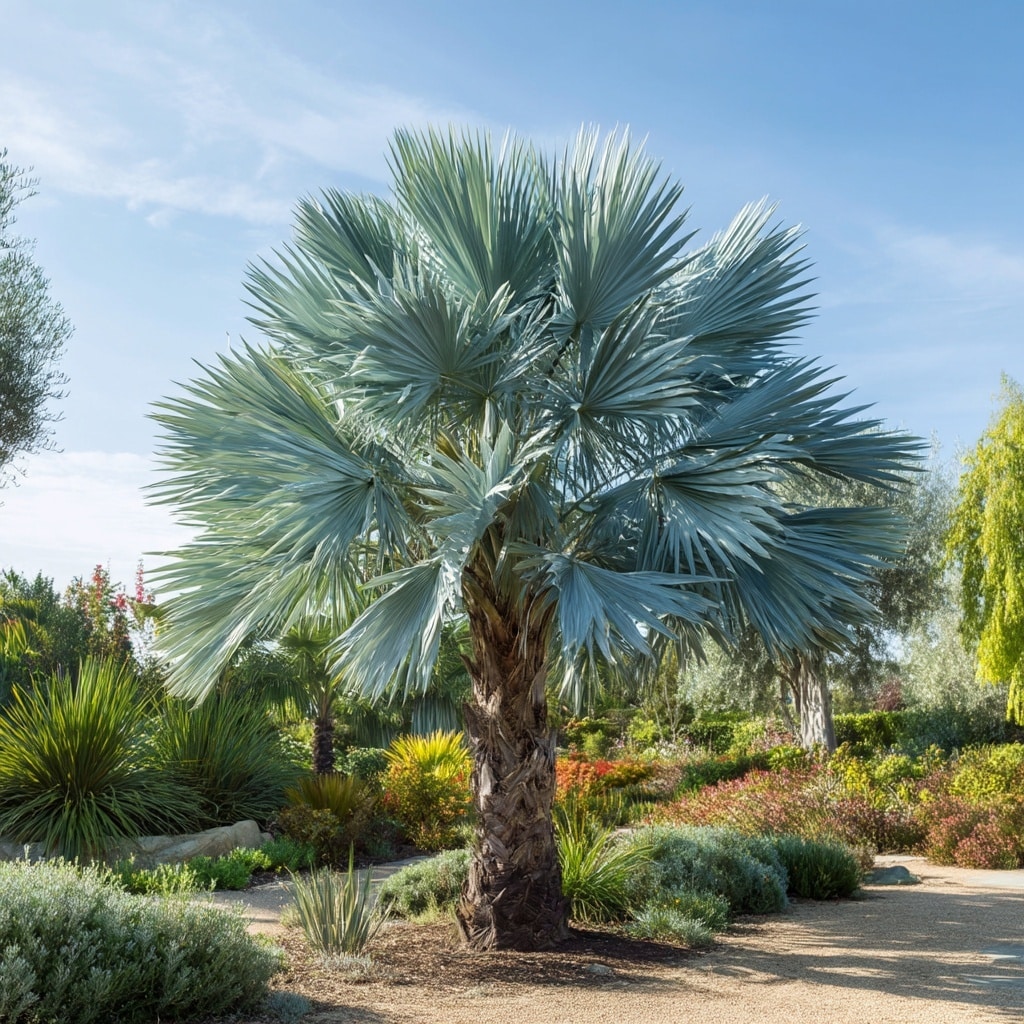Plantas are more than just decorative touches—they bring life, color, and personality to your home. While classic varieties like ferns and orchids remain popular, many gardeners and homeowners are now turning to unique and lesser-known species to make their indoor or outdoor spaces truly stand out. Since more people began cultivating home gardens during the pandemic, the interest in unusual and eye-catching plantas has grown steadily. Whether you’re adding greenery to a windowsill or transforming your balcony into a small sanctuary, choosing different types of plants can add a fresh, creative vibe to your space.
Table of Contents
Stone Rose Succulent (Echeveria)
Among all plantas you can grow at home, the Stone Rose—commonly known as Echeveria—is one of the most visually striking. This succulent gets its name from its rose-like shape, with thick leaves forming layered rosettes that look like a bloom carved from stone. It’s a low-maintenance plant with high decorative value, making it ideal for beginners and experienced growers alike.
To thrive, Echeveria needs bright, direct sunlight for several hours a day. Place it near a south-facing window or on a sunny balcony. Be careful with watering—like all succulents, Echeveria prefers dry conditions. Let the soil fully dry out between waterings to prevent root rot. With just the right balance of sun and restraint with water, this plant will reward you with strong, sculptural beauty year-round.
Beleaf Begonia

If you’re looking for plantas that combine exotic beauty with bold texture, the Beleaf Begonia is a standout choice. Known for its dramatic leaves blending shades of green, silver, and pink, this tropical plant instantly adds flair to any indoor space. Its uniquely patterned foliage creates a natural focal point on shelves, windowsills, or side tables.
Beleaf Begonia thrives in humid environments, making it ideal for bathrooms, kitchens, or near a humidifier. While it enjoys moisture in the air, be cautious not to overwater it. Too much water can lead to fungal problems or root rot. Allow the top layer of soil to dry before watering again.
Indirect light works best—bright but filtered sunlight helps maintain the vibrancy of its colors without burning the delicate leaves. This begonia variety offers both style and substance, making it a smart addition to your collection of indoor plantas.
Venus Flytrap

For those interested in unusual and conversation-starting plantas, the Venus Flytrap is a fascinating option. Known for its jaw-like leaves that snap shut on unsuspecting insects, this carnivorous plant brings both function and intrigue to your indoor garden. It’s ideal for plant lovers who want something beyond the ordinary.
To keep a Venus Flytrap healthy, place it in full or partial sunlight and use only distilled or rainwater—tap water can harm its delicate roots. Avoid overfeeding; this plant is designed to catch its own prey. If necessary, you can place a piece of fruit like a banana nearby to attract natural insects.
During winter months, the Venus Flytrap enters dormancy. It prefers cooler temperatures between 4°C and 12°C during this time. Some gardeners even keep it in the refrigerator, provided the soil remains slightly moist to avoid drying out. This dormancy phase is essential for long-term growth and health.
Despite its exotic appearance, caring for this plant is straightforward when you follow its natural rhythm—making it a standout addition to your selection of indoor plantas.
Peperomia

If you’re starting your plant journey or want something low-fuss, Peperomia is one of the most reliable plantas to grow indoors. Compact and charming, it comes in a variety of leaf shapes and colors—from deep green to marbled or even reddish tones—making it easy to match with any décor style.
Peperomia thrives in indirect sunlight and prefers moderate room temperatures. Direct sun can scorch its delicate leaves, so it’s best placed near a bright window with filtered light. What makes this plant especially beginner-friendly is its low water requirement. Overwatering is the most common mistake—wait until the top inch of soil is dry before adding more water.
If you notice drooping or falling leaves, it’s a sign the soil is staying too wet. In that case, repot with fresh, well-draining mix and reduce watering. With minimal effort, Peperomia can thrive and add year-round beauty to your growing indoor plantas collection.
Blue Palm Tree

For those wanting to make a bold statement with their plantas, the Blue Palm Tree is a striking, architectural choice. Known for its silvery-blue fronds and tall, sculptural form, this plant can grow up to 12 meters high, making it ideal for outdoor gardens or spacious patios. Native to Madagascar, it’s part of the Arecaceae family and is prized for its ornamental appeal.
This palm thrives in full sun and requires regular watering, especially during dry spells. However, it’s important that the soil drains well, as it doesn’t tolerate soggy roots. Once established, the Blue Palm is surprisingly hardy—it handles heat with ease and can withstand cooler temperatures down to around 10°C.
Due to its size and sun-loving nature, it’s best suited for external landscaping, but if you have a large terrace or entryway, it can be grown in large containers for dramatic effect. Among all decorative plantas, this one adds instant grandeur to any outdoor space.
Conclusion
Incorporating different and innovative plantas into your home is a rewarding way to add beauty, personality, and even a bit of surprise to your surroundings. From the sculptural elegance of the Stone Rose Succulent to the dramatic flair of the Blue Palm Tree, these five species offer something beyond the usual greenery. Whether you’re limited to a small apartment or have room for an outdoor garden, there’s a unique plant on this list that can thrive in your space.
By choosing less common plantas, you’re not only enhancing your décor but also embracing variety, creativity, and the joy of nurturing something truly special.




